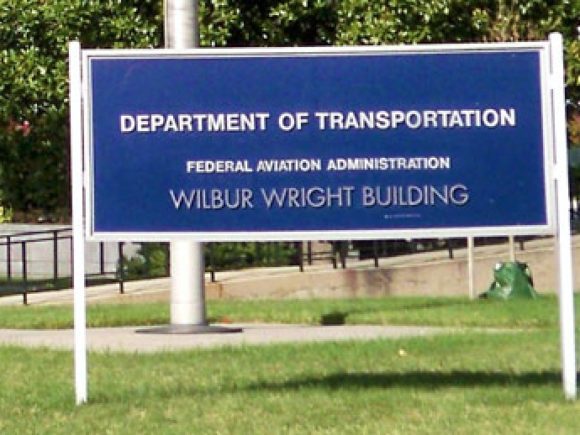City Airways, based in Thailand, has signed an agreement with ICBC Leasing and COMAC for 10 ARJ-21 regional jets and 10 C919 narrow-body jets. This international sale, to a customer currently operating 2 Boeing jets, indicates that COMAC will be aggressive, including leasing company financing support, as it markets its new aircraft internationally. The impact of COMAC on international markets has begun.
City Airways operates domestically in Thailand and currently operates two Boeing 737s.
The ARJ-21 program is certified in China, and will deliver its first aircraft to Chengdu Airlines in November. This regional jet will provide City Airways with additional capacity for its domestic network based in Bangkok and Phuket. Delivery dates for the 10 aircraft were not specified.
The larger C919s on order will additional capacity on key routes as the airline grows. The C919 program is currently under development, with the first flight scheduled in 2016 and EIS in 2018. Delivery dates for the 10 C919 were also not specified.
While Boeing and Airbus have not considered COMAC a major threat in the short-term, they recognize the long-term potential for aircraft production in China. This order, outside of China, indicates that COMAC will be aggressive internationally, and will focus on Southeast Asian markets as the company moves internationally.
The ARJ-21 and C919, while not as fuel efficient as new aircraft from Bombardier, Embraer, Airbus or Boeing, are priced lower, and may be offered with attractive terms in order to establish an international market for the aircraft. ICBC will fulfill part of the order from its existing order book, but 7 ARJ-21 and 7 C919 orders are incremental for COMAC, bringing the total C919 order book to well over 500 aircraft.








As long as the state decide who gets what this works.
But competing against well supported aircraft that are fuel efficient means it has to be internal routes.
this is not like computers (or DVD players) that you can created 6 new generation of machine per year till you get it right, you have once in a 20 year chance and all the Chinese stuff is old tech or barely current tech (using US and European equipment) and nothing they have is going to compete.
Support is also crucial and they fail there as well.
5 to 7 years ago, China’s high speed bullet train and railway systems was no nowhere near the incumbents such as Siemens, Alston and Bombardier. Right now, china has more than half of the world’s high speed railways and will be helping California build its first high speed railway between Los Angeles and Las vegas. I believe it will happen on aircraft OEM as well.
Yea, but trains don’t fly like airplanes do.
Btw, No one else wants a brand new copy of a DC-9 anyways.